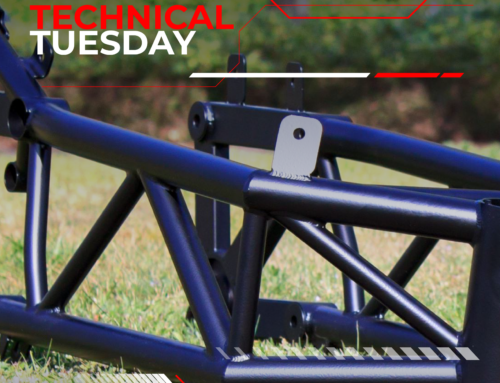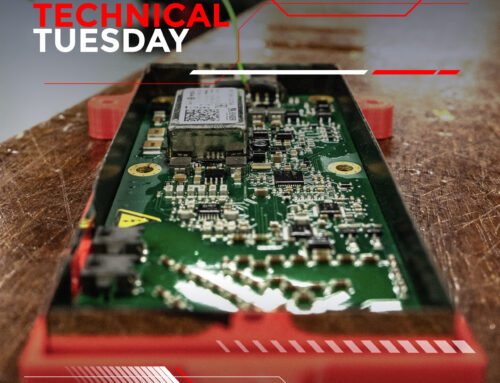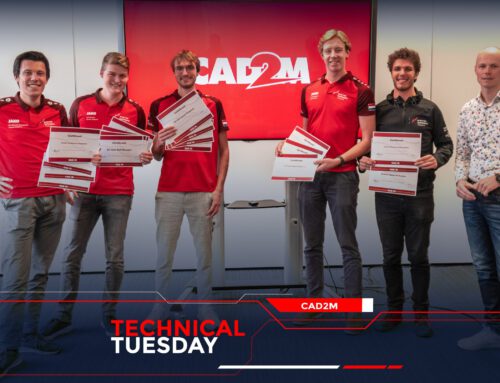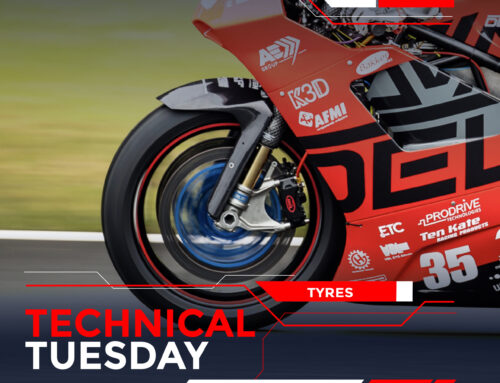The cooling loops of the Delta-XE are being improved. Over the past few weeks, the cooling of the motor controller has been revised. To convert from the direct current from the battery to the three-phase alternating current for the electromotor, a motor controller is used. The Delta-XE uses a Cascadia PM150DZR which requires active cooling. To achieve the required flowrate, a separate cooling loop is used for the motor controller. This loop contains a radiator, pump, flowrate sensor and the Cascadia itself.
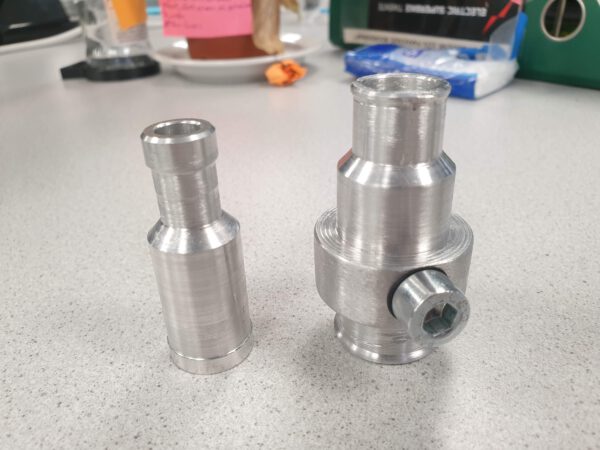
This cooling loop has been revised, as the flowrate of the previous iteration was insufficient. To this end, the main focus of the improvement was on reducing frictional losses. This is in part achieved by relocating the pump further forward. In addition, the adapters used to switch between different diameters of tubing have been replaced by new, custom adapters. The main change for these adapters is the angle with which the fluid expands and contracts, known as the diffuser angle. By allowing for a lower diffuser angle, the transition between the different diameters is extended. As a result, losses will be minimized.
The pump and radiator have not changed in the redesign. With these changes implemented, the length of tubing was decreased. The flowrate has increased by 50% and it now meets the requirement of the Cascadia.
The next step will be to examine the cooling of the electromotor of the Delta-XE to determine points of improvements. The main refinement of this loop concerns the length of the tubing, which can be reduced.
After this has been taken care of, the airflow around the bike will be examined. The addition of ducting and vents might improve the flow of air through the radiators, which increases the cooling. For the electronic components, such as the motor controller, more cooling results in improved performance. The cooling loops of the Apex-RS will be improved in conjunction with the Delta-XE, such that the knowledge gained from working on one bike can be applied to the other.
– Marc Shair Ali


